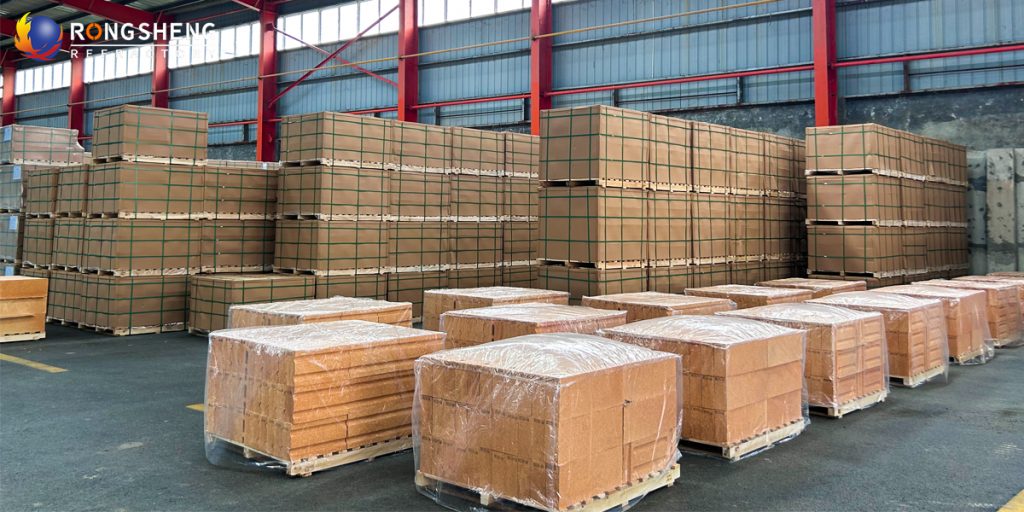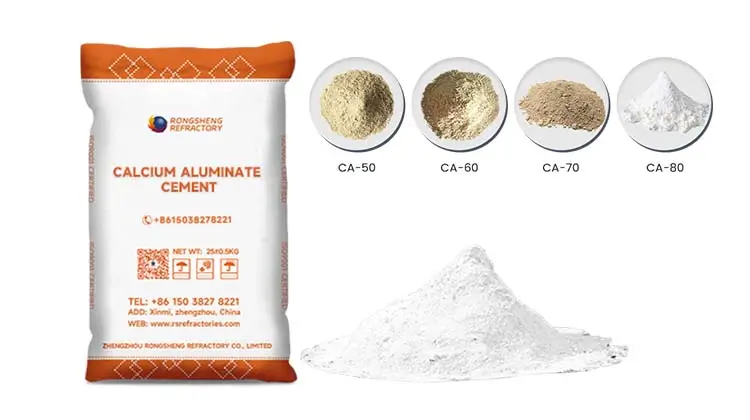Refractory material help cooling towers maintain efficient and stable operation.
Cooling tower is a device used to reduce the temperature of water, which is widely used in industry and construction. Its main function is to cool the water by bringing the hot water into contact
with the air so that the heat in the hot water is dissipated. This cooling process is vital for many industrial and construction facilities, such as power plants, air conditioning systems, chemical
plants, etc.
What refractory material are needed for cooling tower construction:
The main types of cooling towers: naturally ventilated cooling towers, mechanically ventilated cooling towers, closed cooling towers. Open cooling towers.
The most critical parts of a cooling tower (e.g. areas in direct contact with the hot medium) require refractory bricks able to withstand temperatures of at least 1200°C. For some extreme high
temperature applications, refractory bricks may need to be able to withstand temperatures of 1500°C or more.
Commonly used refractory bricks:
High-alumina bricks: mainly made of bauxite ore, containing a high bauxite content.
Silica bricks: mainly made from silica sand and clay.
Magnesium bricks: mainly made of magnesium ore, magnesium bricks have high refractoriness.
Refractory concrete bricks: made from a special blend of refractory aggregates and binders.
Commonly used refractory cements material :
1). High-alumina cement: mainly made of bauxite ore, with high aluminum oxide content. High-alumina cements have excellent refractory properties and stability against high temperatures, and
can usually withstand temperatures from 1400°C to 1600°C.
2). Magnesia cement: mainly made of magnesia ore with high magnesia oxide content. It has very good high temperature resistance and refractory properties, and can usually withstand high
temperatures from 1500°C to 1800°C.
3). Silicate refractory cements: consist of a blend of silicate ores with other refractory materials. Usually can withstand high temperatures from 1200°C to 1500°C.

Commonly used refractory coatings material:
1). Inorganic refractory coatings: mainly composed of refractory minerals (e.g. bauxite, silica sand) and inorganic binders (e.g. cement, silicate). It has good fire resistance and chemical
resistance. Usually can withstand high temperatures from 1200°C to 1600°C.
2). High Temperature Refractory Coatings: Contain high temperature materials such as high alumina clays and silicates, usually mixed with refractory powders and liquid binders. Provides
excellent refractory protection and insulating properties, typically withstanding temperatures from 1500°C to 1800°C.
3). Refractory ceramic coatings: based on ceramic materials such as high alumina ceramics or magnesium-aluminum ceramics. Very high refractory and abrasion resistance. Typically resistant to
temperatures from 1600°C to 2000°C.
